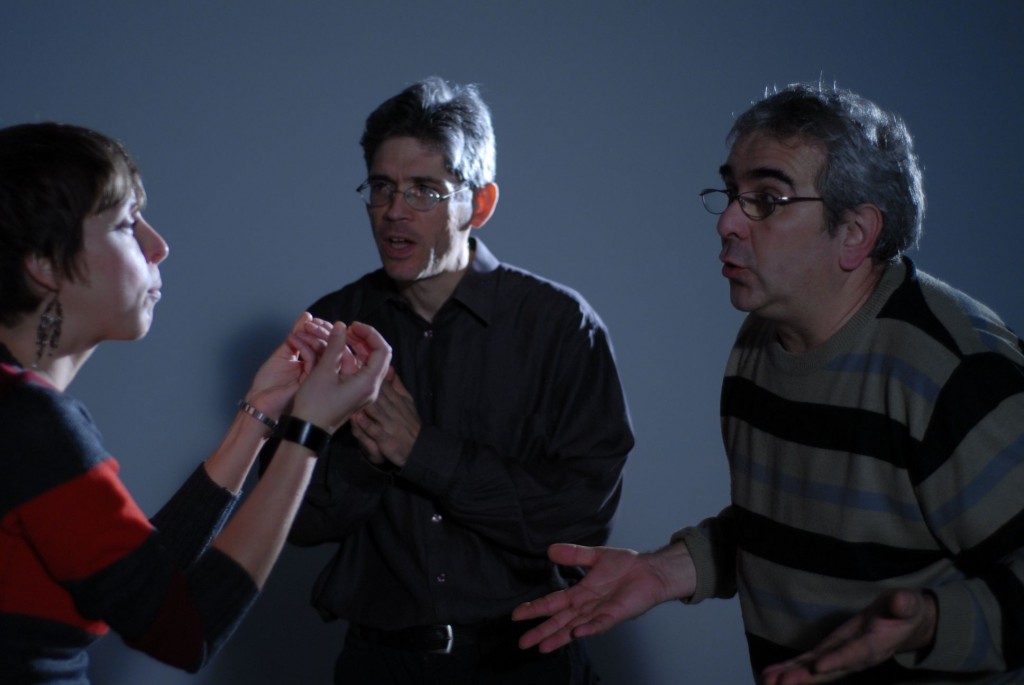Conflict Handling
“I think what makes people fascinating is conflict, it’s drama, it’s the human condition. Nobody wants to watch perfection.” – Nicolas Cage, actor

Conflict is a common part of both our work and personal lives. It is important to remember that conflict can be either useful and productive, or damaging and counter-productive (and this often depends on our attitude and behavior). Understanding the anatomy of conflict, and having simple but powerful tools for addressing it, can help us be productive in resolving conflicts.
2 key elements of conflict
• Concrete: disagreement over use of common resources, solutions to problems, etc.
• Emotional: interpersonal tension or emotional needs
Key steps to resolving conflict
• Assessing the (true) source of the conflict
• Managing our emotions (moving from emotional to concrete), staying positive and constructive
• Understanding the other party’s (true) interests
• Communicating openly to build trust
• Listening skills: being open to the other’s input
• Looking for solutions / ways to alleviate the underlying conflict
• Communicating suggestions in term of the other party’s interests

